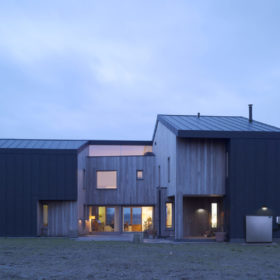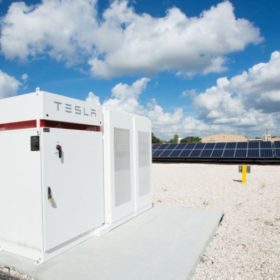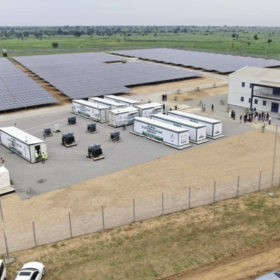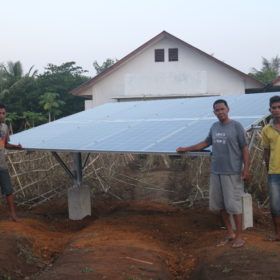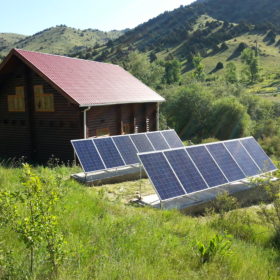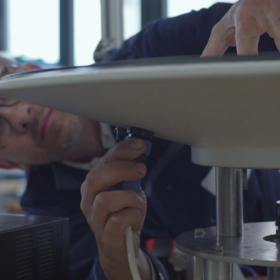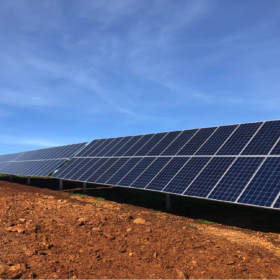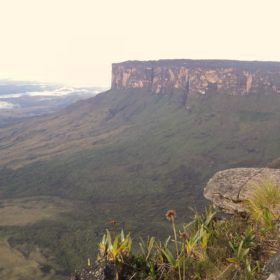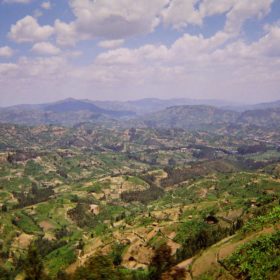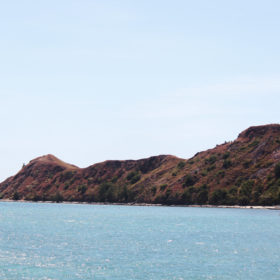Australian-designed storage system spells grid independence
“We’ve put together the best components to make a unique Australian-designed solution that is compliant to the new battery standards,” says EVO Power Managing Director Jamie Allen. Offgrid or upmarket – just add solar.
US installed more microgrids in 2019 than ever before
Most microgrid projects still feature distributed fossil fuel generation, but the share of renewable microgrids is rising, driven by high-volume adopters such as the Red Cross.
The weekend read: Expand and connect
Almost 60% of Nigeria’s population currently has access to electricity. But this breaks down as 78% in cities and urban areas, and just 39% in rural communities. The Rural Electrification Agency (REA), established by the government as part of electricity sector reforms in 2005, is tasked with bridging this gap and bringing reliable energy supply to the most remote parts of Nigeria. pv magazine spoke with REA CEO Ahmad Salihijo Ahmad about the organization’s strategy and recent progress, as well as the challenges that remain for rural electrification in Nigeria and the role of PV technology.
Shedding lights on Indonesia’s off-grid sector
Indonesia’s Central Bureau of Statistics reported in 2018 that 2,281 villages had no access to electricity. With more than 17,000 islands, building grid connections between them would be expensive. So what are the key challenges and solutions to the development of rural area electrification in Indonesia? pv magazine interviewed three experts that are involved in developing the country’s rural area electrification.
France to fund innovative off-grid renewables projects in Africa
The French development agency and the environment ministry have a €1.6 million budget to finance novel off-grid projects from companies and NGOs operating with local partners in Africa.
French start-up launches solar engine
The invention converts the energy produced by PV cells directly into mechanical motion without the need for batteries or power electronics. Its developers claim the robustness of the solar motor can drive water pumps and ventilation turbines for more than 20 years without the need for maintenance.
African Development Bank sets up $500m facility for sub-Saharan small scale renewables
The new credit lines are for the development of on and off-grid renewable energy projects. The European Commission is offering the fund a €40 million helping hand.
Solar-plus-storage gets its share in Brazil’s auction for non-interconnected state of Roraima
Although only two of the nine projects selected in the auction are for hybrid biomass-solar power plants with some storage, seven will rely on renewable energy sources. The largest selected project, however, is a 123 MW gas power plant in the city of Boa Vista.
Bboxx secures $8 million loan to boost Rwanda operations
The off-grid solar system supplier has received the finance in Rwandan francs to mitigate currency risk and expand operations in its biggest market.
New billing method and PV+storage for allday energy supply on Philippine island
No more than four hours per day, did the 160 households enjoy energy supply. This has had negative impacts on the economic development of the islands. With support from the ADB, the island inhabitants now have 24h supply of clean energy, and new billing methods that suit the economic realities of poorer households.
